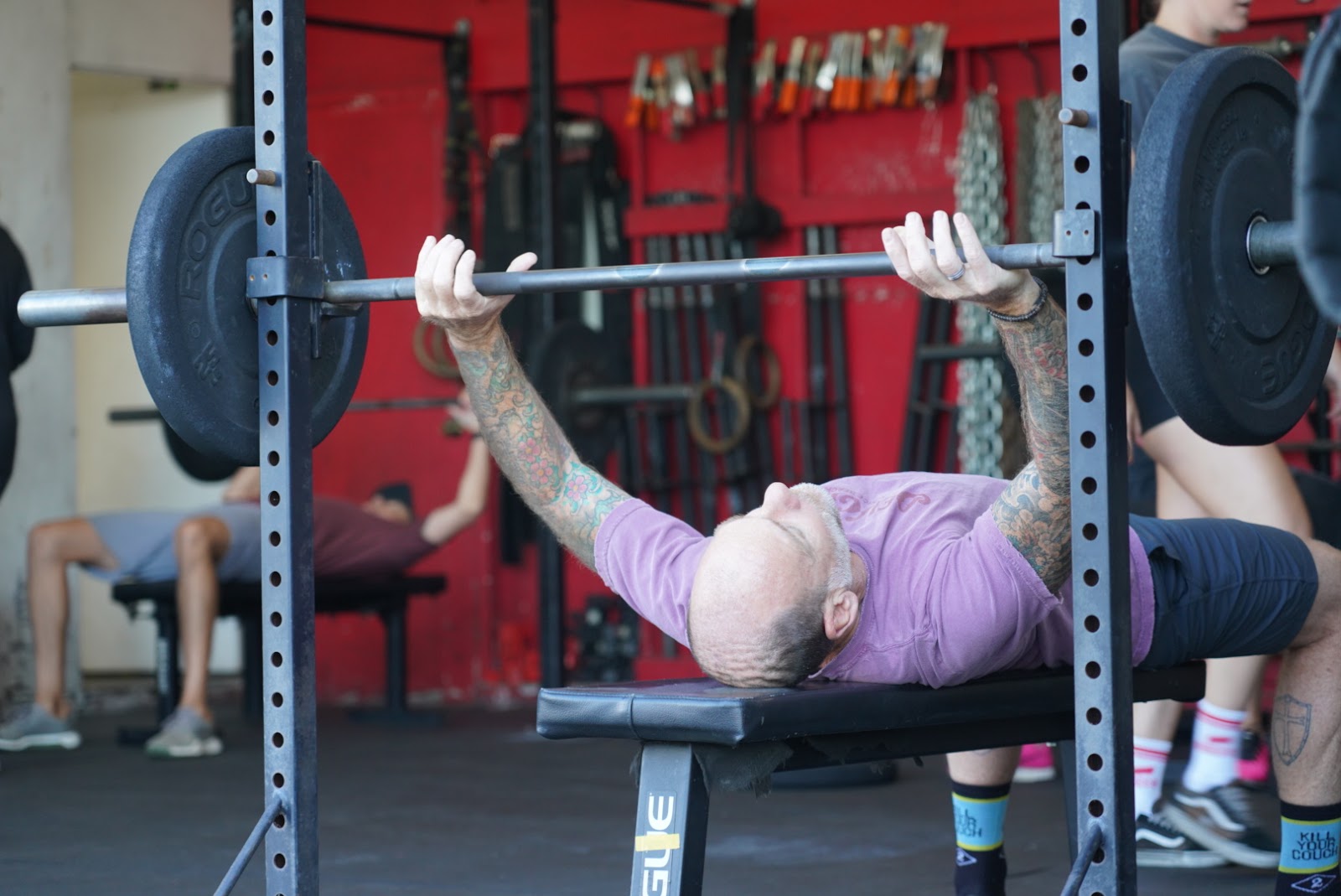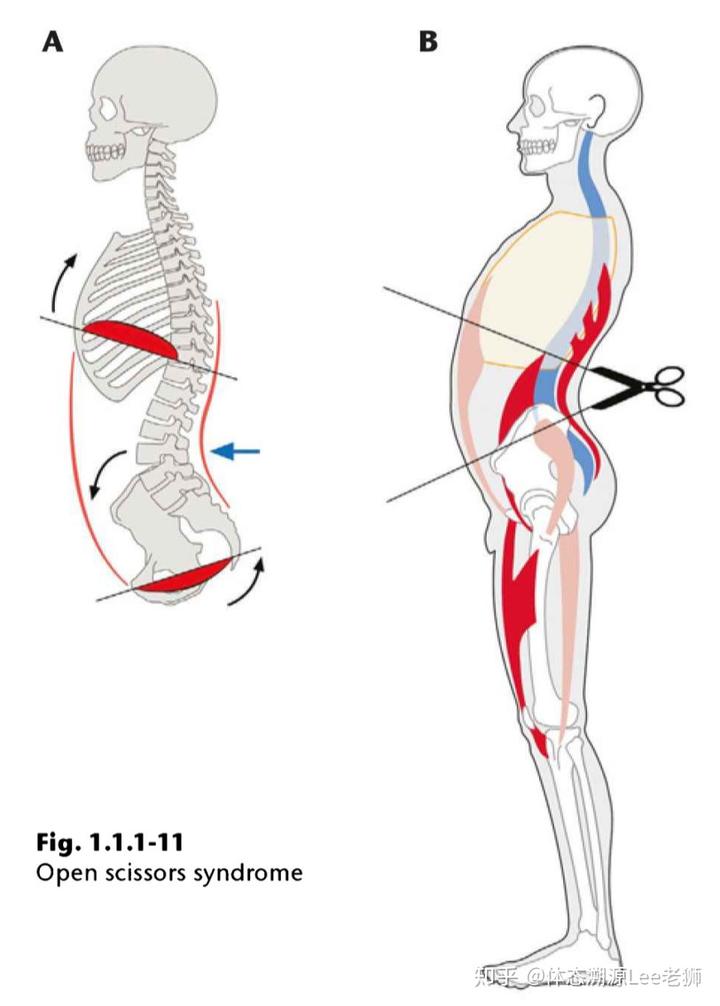
If you looked at a full length view of a human body under an X-ray, you’d notice that there’s a vulnerable point in the abdomen. There’s shockingly very little bone structure between the bottom of the ribcage and the pelvis.
Enter: the importance of the abdominal system for loaded movement.
When you consider the importance of this structural fact, you can quickly understand the importance of stabilization in the midsection from the 360-degree cylindrical abdominal wall, the diaphragm, and the pelvic floor. It’s this system that pressurizes [through a process called intra-abdominal pressure (IAP)] in order to bring the rigidity necessary for loaded movement through this vulnerable region of the body.
One nearly universal truth about this stabilization system is in congruence between the bottom of the ribcage and the pelvis. When these are aligned/parallel, it creates a dynamic similar to a proper top and bottom lid to a barrel.

A classic error here is the fault often referred to as an ‘open scissor’ position where the pelvis falls into an anterior tilt and the rib cage elevates. You can see this phenomenon in the diagram above.
This is almost always a fault that will result in suboptimal stabilization that will leak the potential for force production and ultimately invites increased chance for injury directly, or indirectly via compensation.
This is true (except in the bench press).
Maybe no one has done more work articulating the science behind what the powerlifting community has practiced forever via trial and error better than Chris Duffin. Duffin isn’t just a brilliant mind. He’s still the only person to squat and deadlift 1000lbs… for reps.
What we find when lifters perform a back supported press (like the bench press or floor press) in a “functional bench press-style” with their lumbar spin wedded to the bench with rib cage down in a congruent relationship to the pelvis there is actually poorer stabilization, in part because the lifter’s torso is both out of gravity and the only vector is straight down from the bar through the shoulder and into the stable bench. Lifters in this position experience less joint centration of the shoulder, poorer stability in the shoulder, and a shoulder that rolls forward resulting in over activity in the pectoral muscles.
Instead, the idea is to consider the bench press a throw that stabilizes through a cross sectional pattern from the shoulder across to the opposite hip. This is facilitated by the natural elevation of the ribcage as the lifter utilizes the latissimus dorsi to centrate the shoulder throughout the pressing movement.
To learn move about this controversial take, refer to Duffin’s infamous lecture on the topic here. Let this be another reminder that skin-in-the-game efforts provide insight worth paying attention to, even in the face of theoretical dogma.
The fact is that despite what your PT, physio, or text book says, no elite bencher presses in a flat back position on the bench.
1/4/24 WOD
DEUCE Athletics GPP
Complete 4 rounds of the following:
6 Sumo Stance Box Squats
Complete 3 rounds for quality of:
10 KB Front Rack Lateral Step Ups (ea)
:60 Weighted Plank
EMOM 12
Min 1: 12 DB Hang Power Cleans (AHAP)
Min 2: 15 Fat Bar Inverted Rows
Min 3: Max :40 Double Unders
DEUCE Garage GPP
3-3-3-3-3
Tempo Snatch
8-8-8-8
Snatch Grip RDLs
Then, for 4 rounds for reps of:
MAX Thrusters in :30
(95/65)
-2:00 Air Thrusters-

